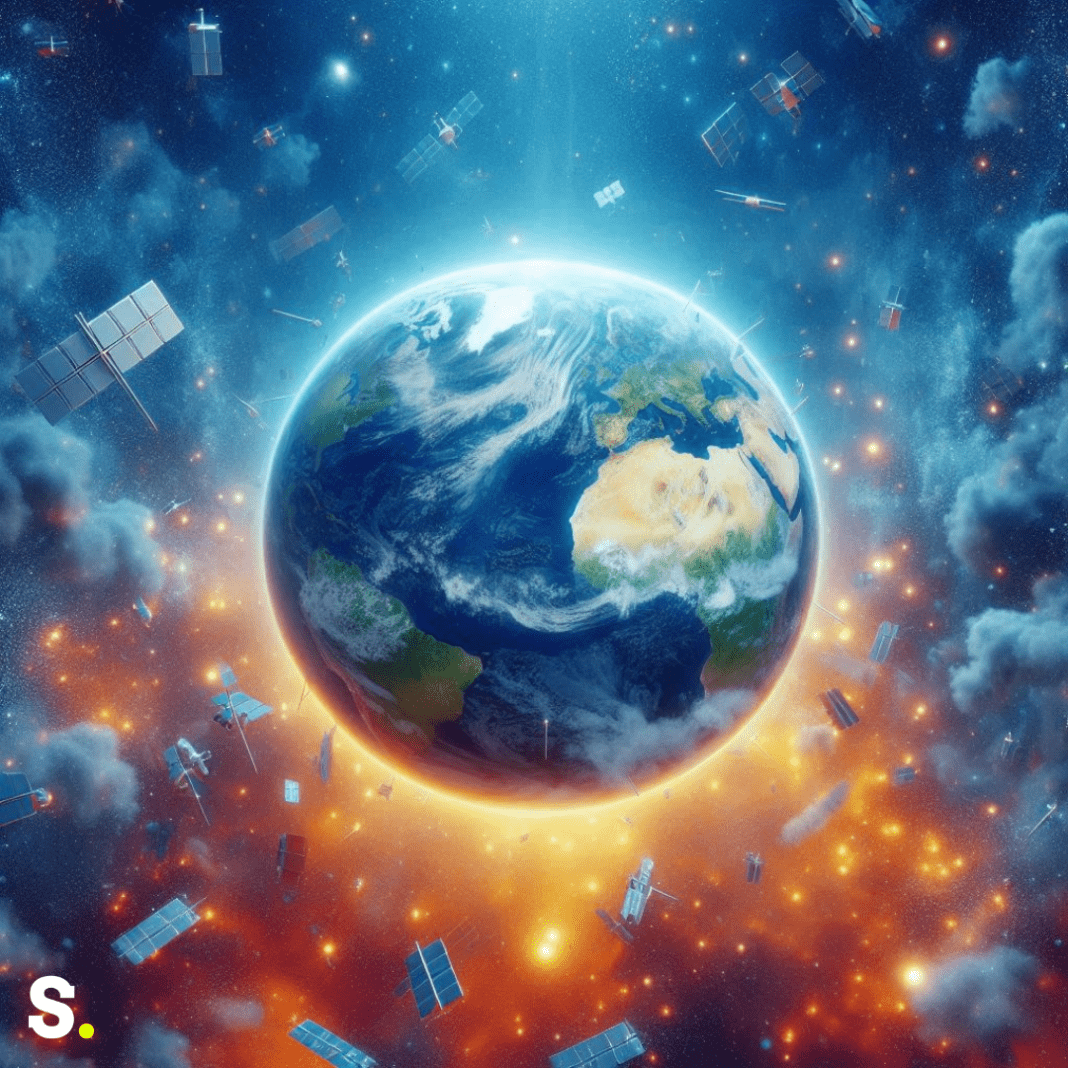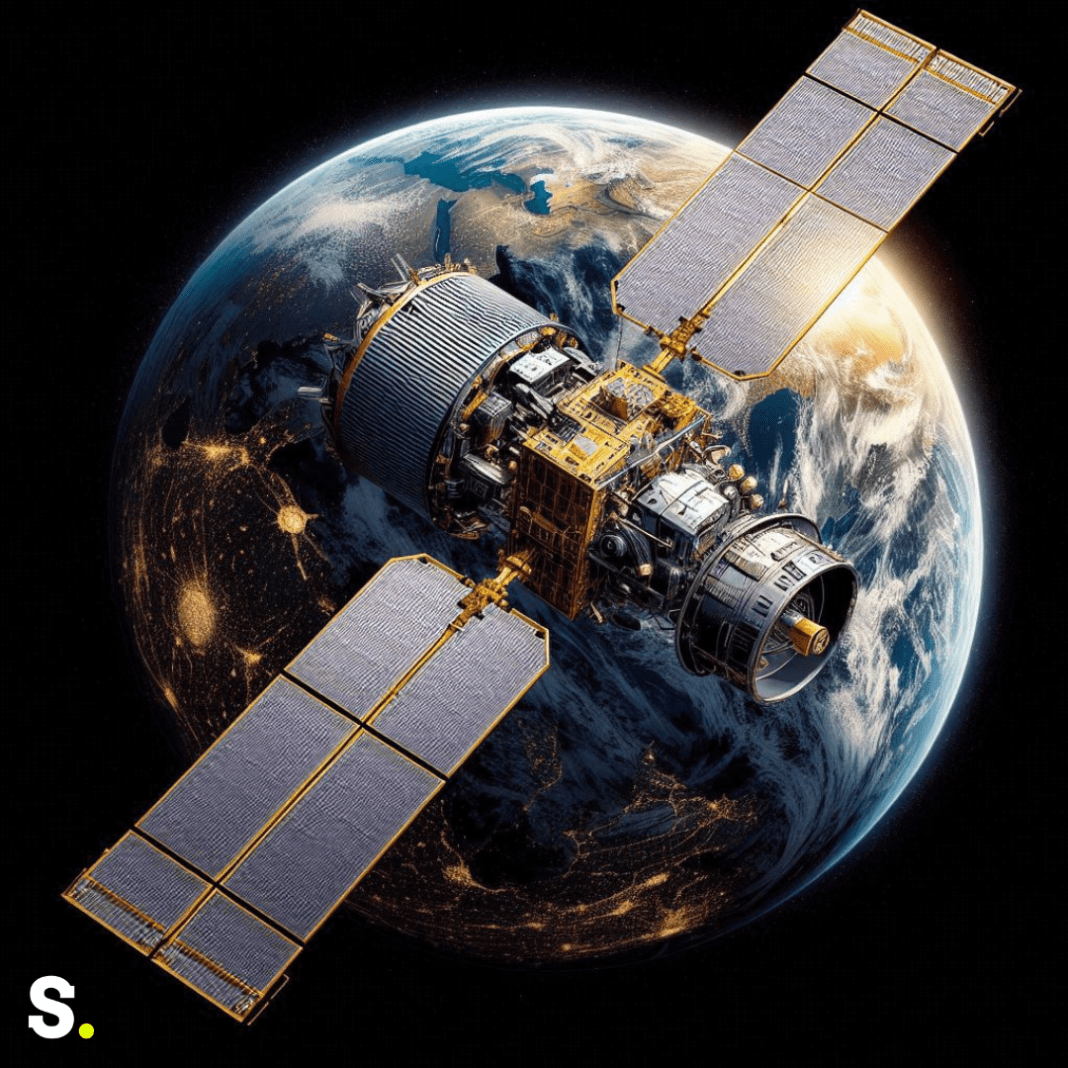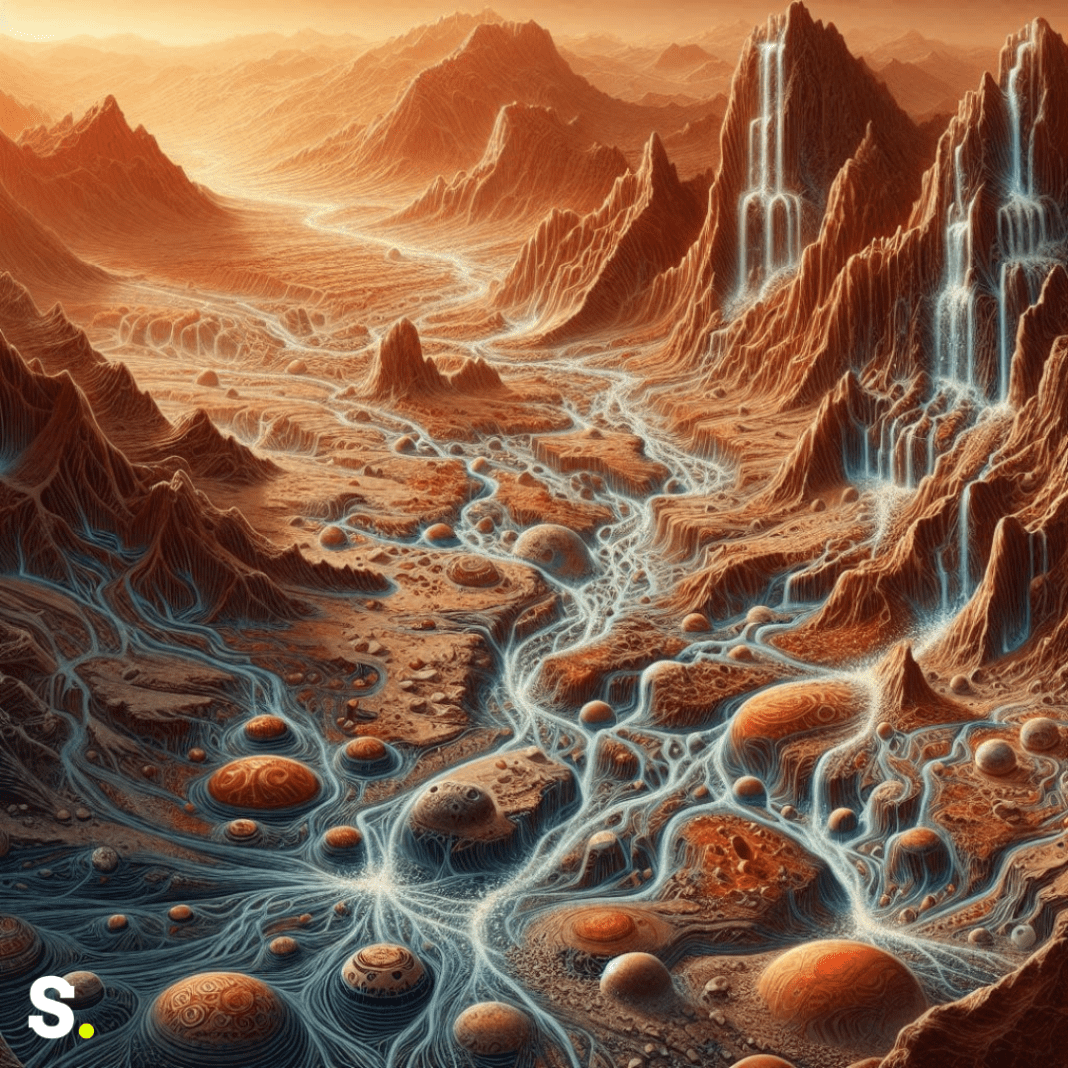Our skies are busier than ever with thousands of satellites orbiting Earth. While these satellites provide essential services like communication, weather forecasting, and GPS navigation, they also contribute to an unexpected environmental problem. New research has revealed that the debris from these satellites is slowly damaging our atmosphere, and if we don’t address this issue, it could have severe consequences. Let’s explore how satellite debris is affecting our environment and why it’s so concerning.
How Satellite Debris Affects Our Atmosphere
Satellites are crucial for many modern technologies, but they have a limited operational life. Typically, a satellite operates efficiently for about five years before it is decommissioned. This causes the satellite to reenter the Earth’s atmosphere, where it burns up from the extreme heat and friction. However, not all parts of the satellite completely disintegrate. What’s left are tiny particles of aluminum oxide.
A recent study published in the journal Geophysical Research has found that these aluminum oxide particles have increased dramatically—by eight times—between 2016 and 2022. This increase is troubling because these particles can remain in the atmosphere for decades, continuously impacting our environment long after the satellites are gone.
Why Aluminum Oxide is a Problem
Aluminum oxide particles might seem insignificant, but they play a critical role in harming our ozone layer. The ozone layer is a protective shield in our atmosphere that absorbs and blocks most of the Sun’s harmful ultraviolet (UV) rays. Without this layer, we would be exposed to higher levels of UV radiation, which can cause serious health issues, including skin cancer and eye damage.
When aluminum oxide particles enter the atmosphere, they interact with ozone molecules and trigger destructive chemical reactions. Unlike some pollutants that are consumed during these reactions, aluminum oxides remain in the atmosphere, continuing to destroy ozone over time. This ongoing damage can cause significant thinning of the ozone layer, creating larger holes that allow more UV rays to reach the Earth’s surface.
According to research, aluminum oxide levels in the atmosphere might rise by an astounding 646% over natural levels if the current rate of satellite launches continues. This would mean a substantial enlargement of existing gaps in the ozone layer, leading to increased UV radiation reaching the ground. As UV levels rise, the risks of health problems and environmental damage become more severe.
Efforts to Address Satellite Debris
Despite the alarming impact of satellite debris, there are ongoing efforts to manage and mitigate the problem. Scientists and space agencies around the world are developing strategies to handle satellite disposal in a more environmentally friendly way.
One approach involves moving old satellites to higher “graveyard” orbits once they reach the end of their useful life. These orbits are less likely to interfere with active satellites and can help reduce the amount of debris in the lower atmosphere. Another strategy is to design satellites with materials that are designed to burn up completely upon re-entry, minimizing the amount of leftover debris.
In addition to these measures, there is a growing focus on extending the lifespan of satellites. Companies like SpaceX are working to make their satellites more durable, with lifespans extending from the previous average of five years to between 10 and 15 years. This reduces the frequency of replacements and consequently the amount of debris generated.
These proactive measures are crucial in tackling the issue of satellite debris and its impact on the atmosphere. By improving satellite design and disposal practices, we can help protect the ozone layer and reduce the harmful effects of increased UV radiation.
In summary, the proliferation of satellites has led to a troubling increase in aluminum oxide particles in our atmosphere, which poses a threat to the ozone layer and our health. However, ongoing research and innovative solutions are being implemented to address this issue and mitigate its effects.




